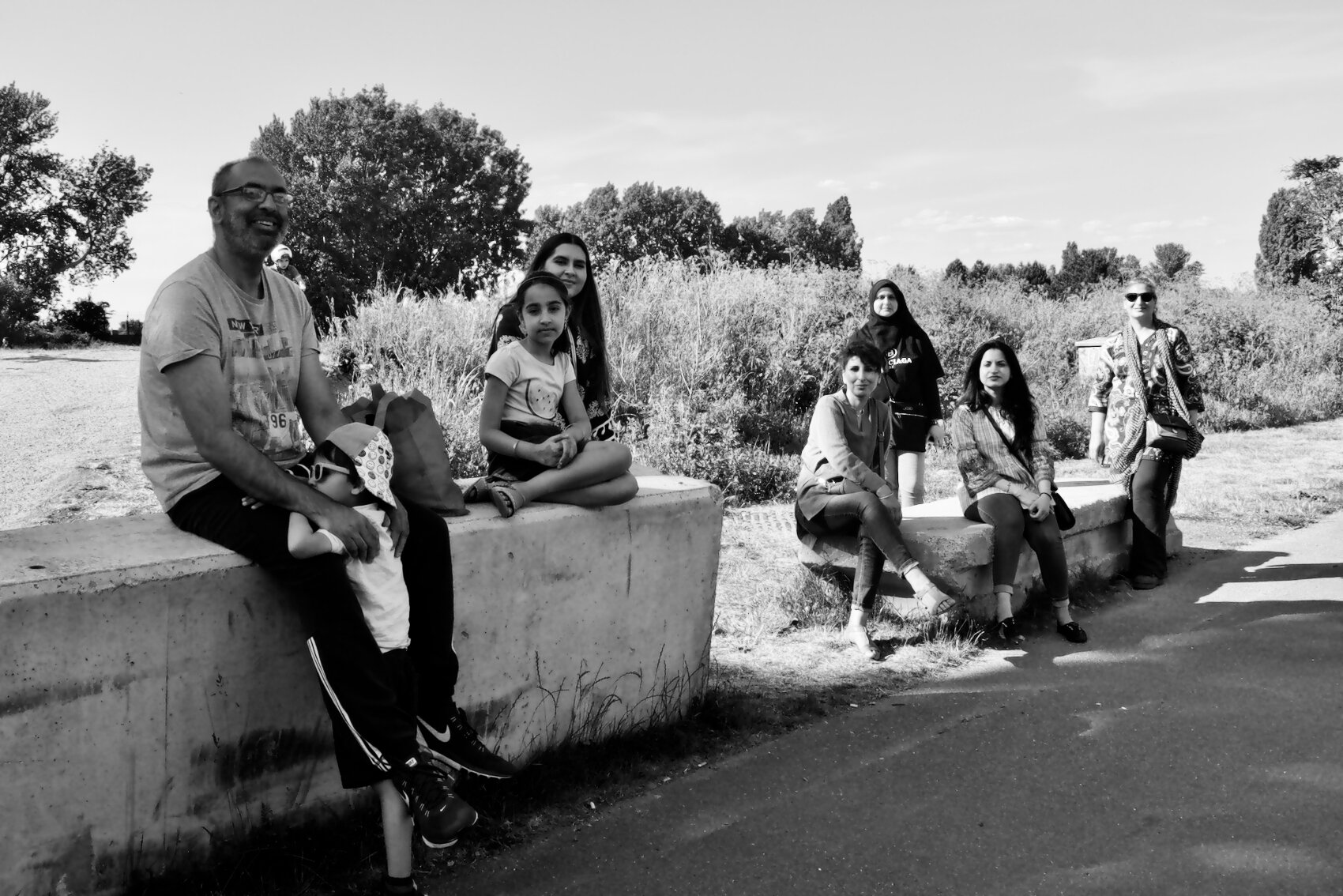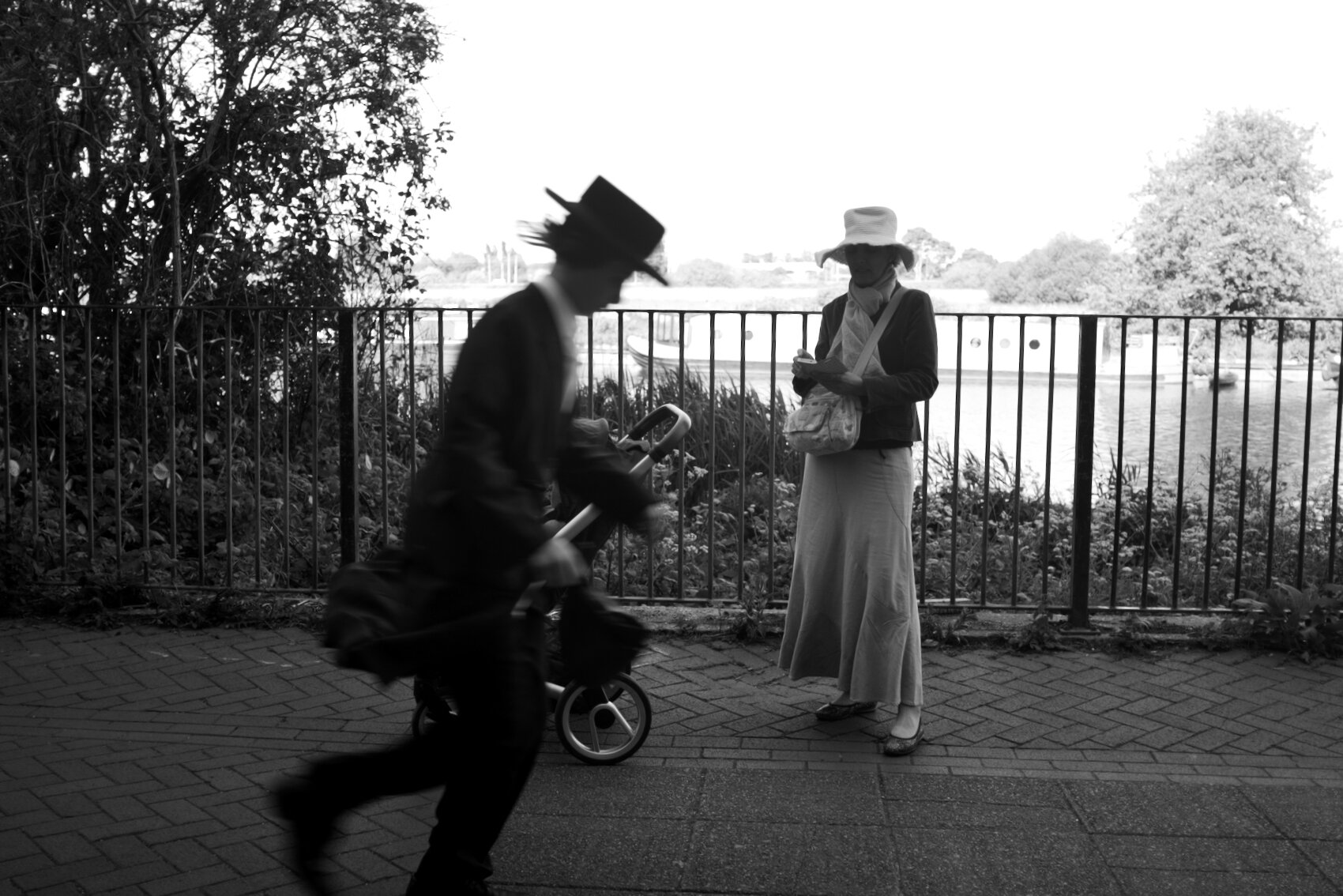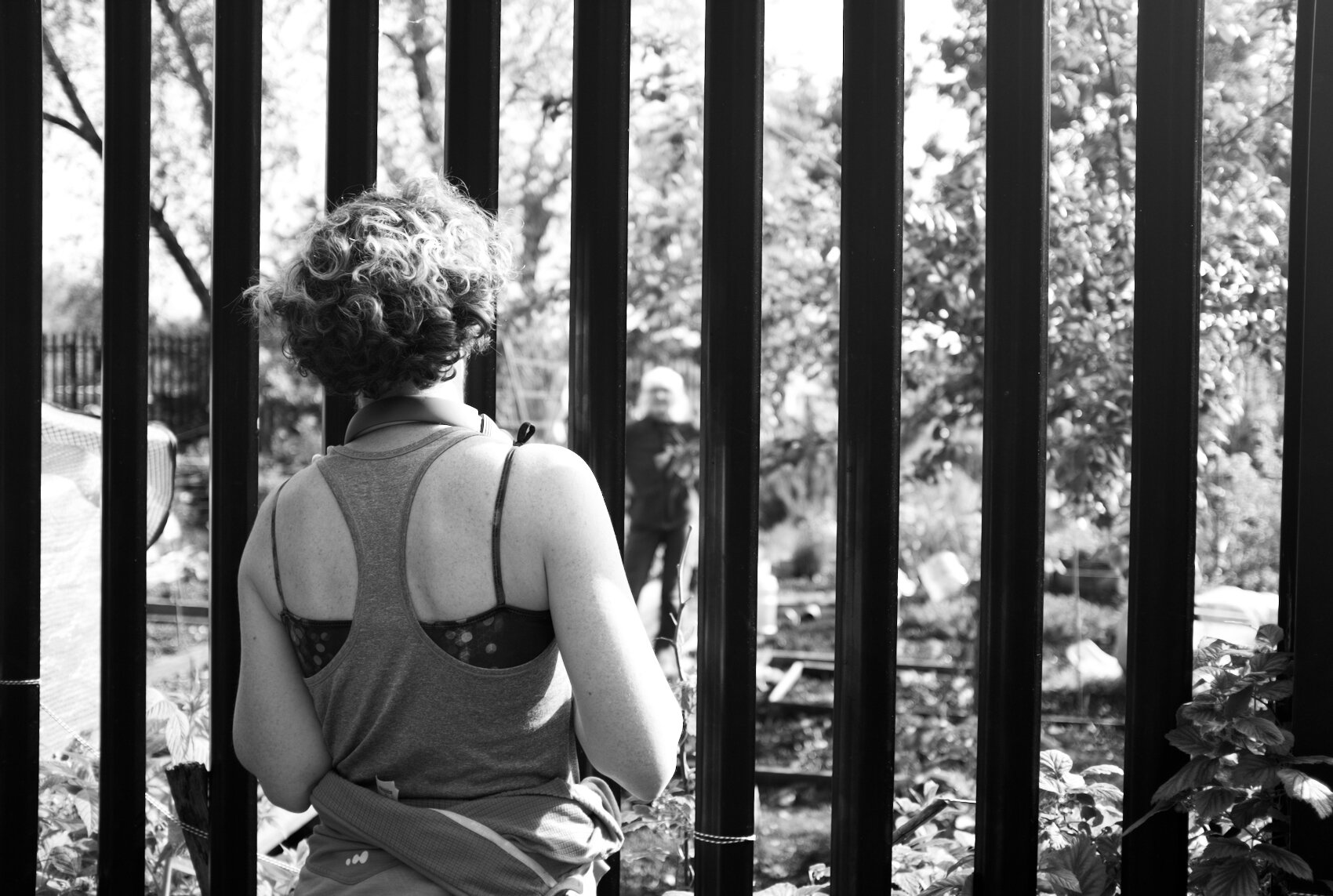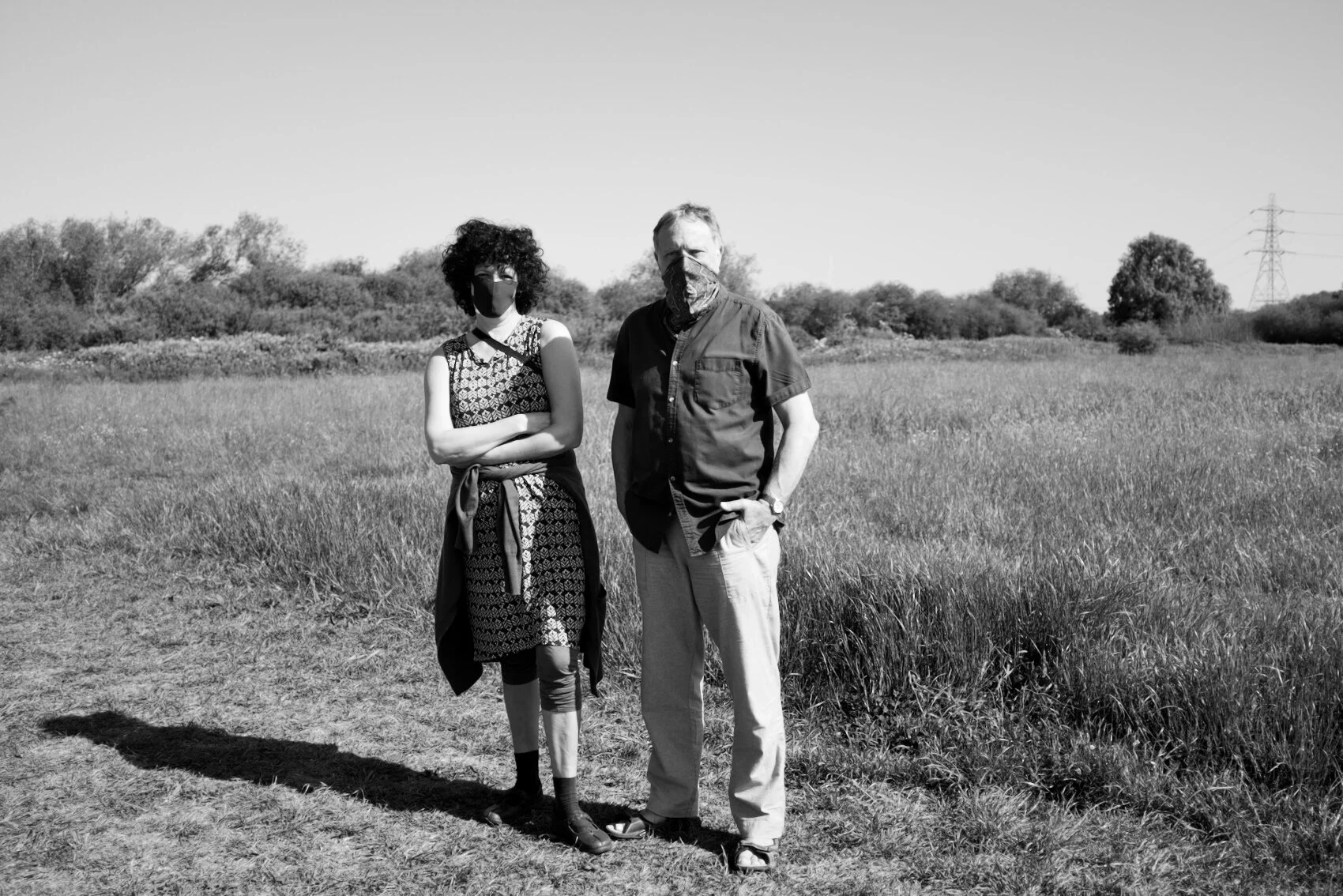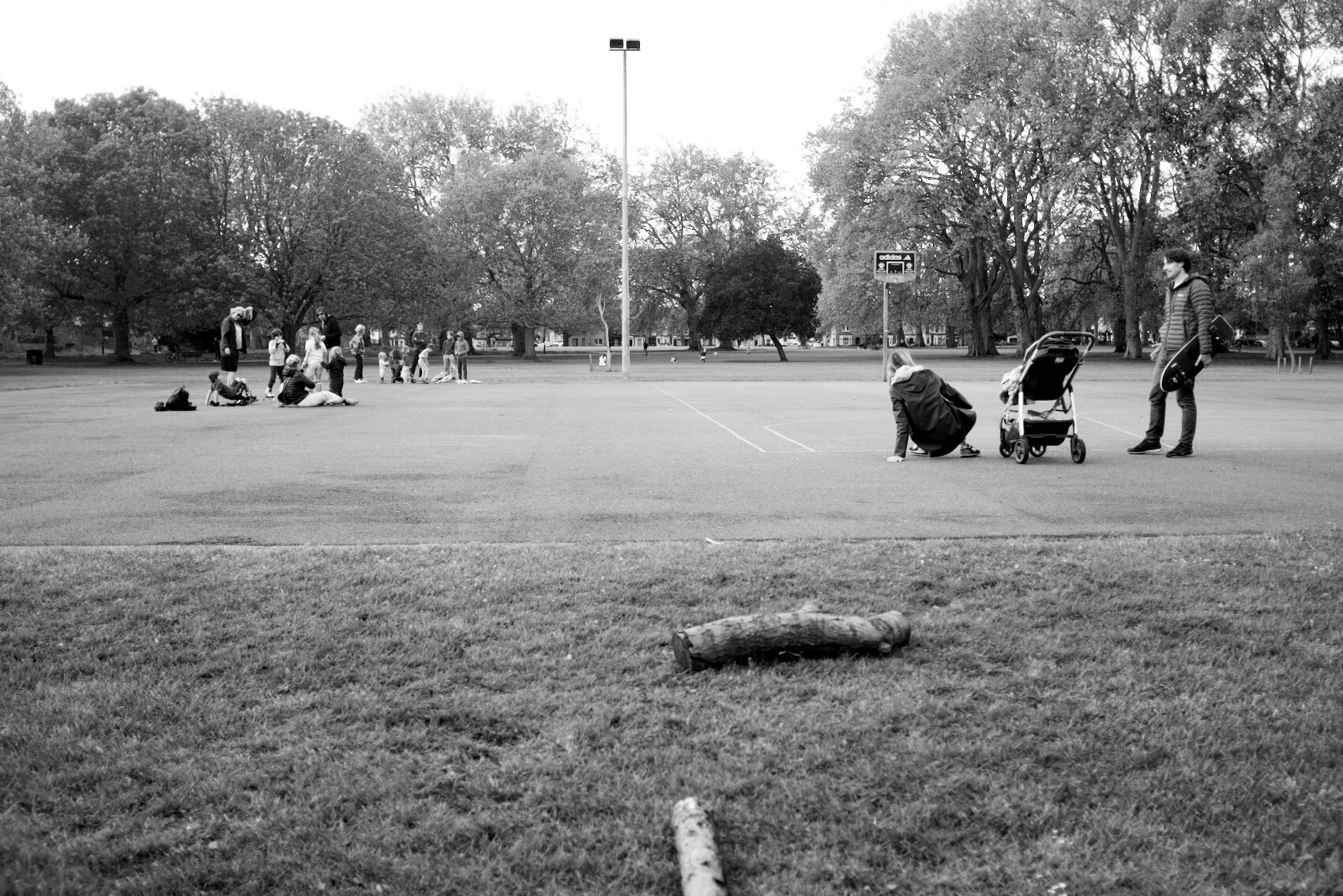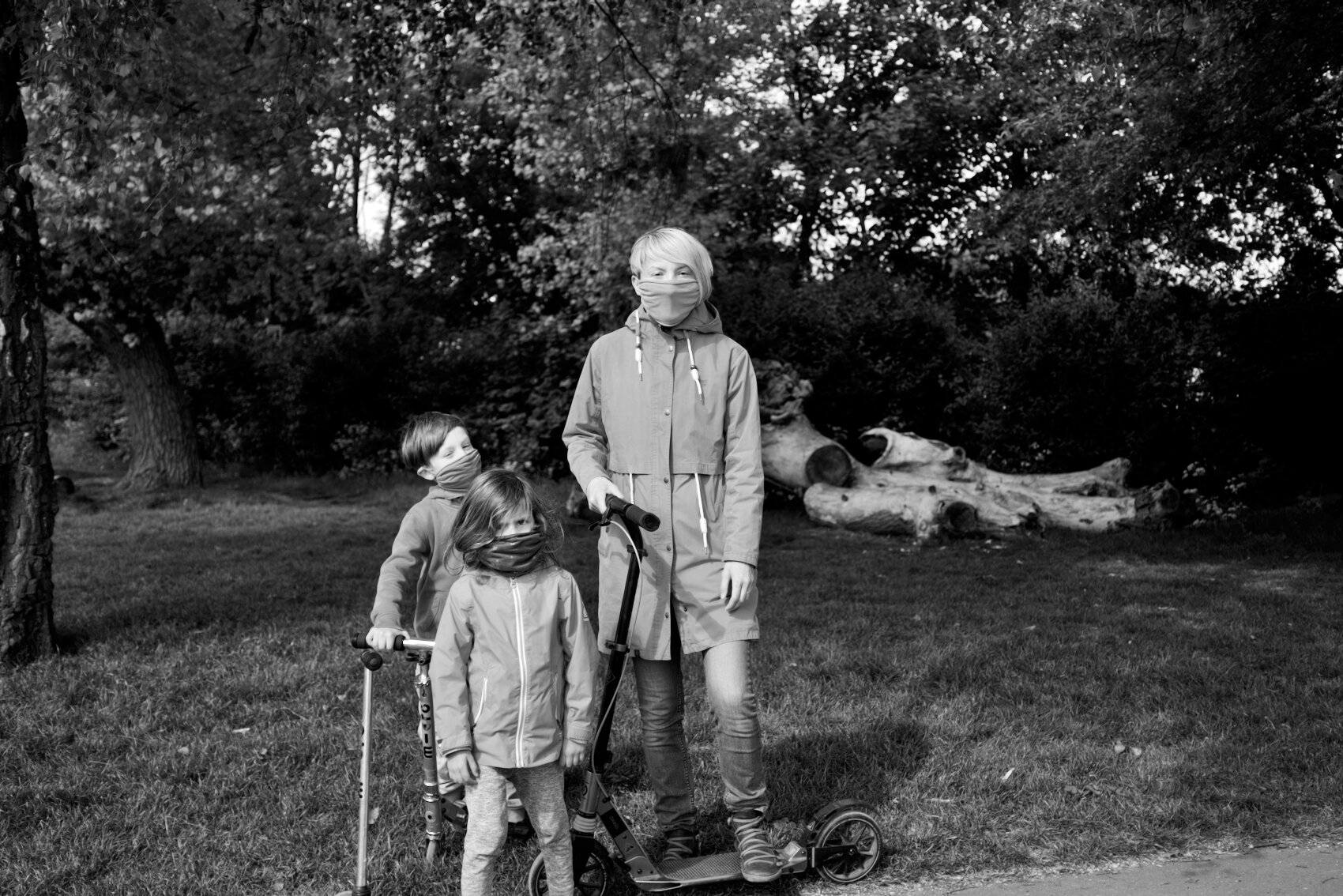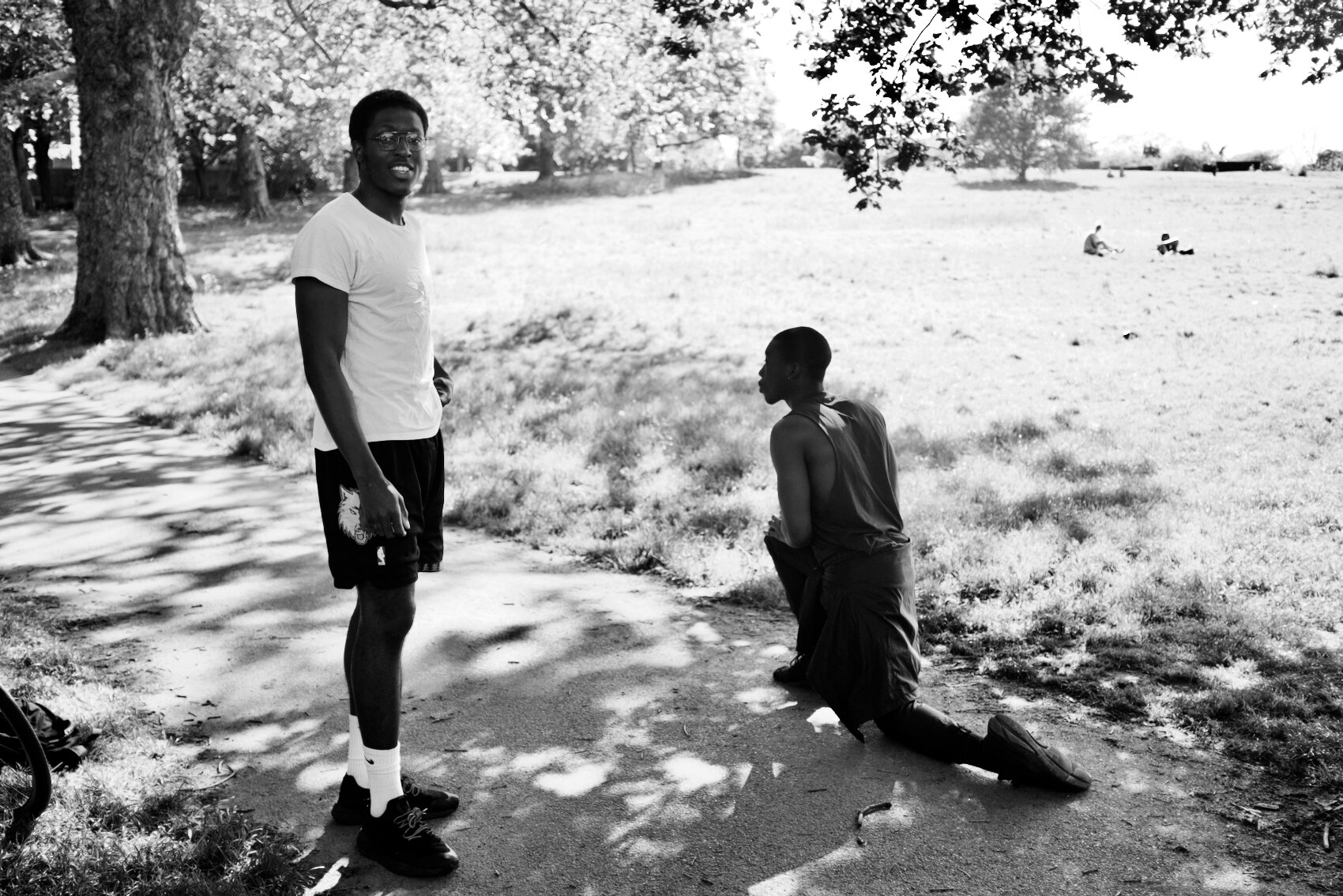
How has it been?
Portrait of a towpath in pandemic lockdown
Attuned…
Overlooking a towpath and marshes, and living by a beautiful hilly park in East London, I have never seen the area as busy. Sounds of feet slapping, runners panting, crushed stones crinkling, wheels looping, tyres rubbing and basketballs dribbling have become inseparable from the daily soundscape of the area during the pandemic lockdown. The cacophony of sounds and languages has never been as frequent and as diverse. Seeing the sheer number of people flocking to the area to engage in some sort of exercise or training was beautiful, if terrifying and frightening. While the park and marshes with their generous spaciousness and beauty have been able to accommodate big numbers of people and offer them respite and solace, sections of the towpath and footbridges have not. They are too narrow. Social distancing has been hard to observe and for many towpath encounters have become a source of anxiety and distress. On footbridges, distanced-queuing and waiting for others to pass has been the way people negotiated this.
My partner fell ill at the start of the lockdown. Emerging out of nerve-wracking two weeks of intense emotions, anxiety and fear, with hardly any sleep, obsessive, unhealthy listening to the radio and being on the phone with family and loved ones, in the spirit of Les Back’s important work, The Art of Listening, on the 16 April, nearly four weeks into the lockdown, I decided to channel my anxiety into documenting, both in image and sound, the people living in, and passing through my neighbourhood. The decision however wasn’t straightforward. Conducting ethnographic, visual work in times of global, violent pandemic required sensitivity and careful consideration. Knowing that we had just had the virus provided some sort of reassurance that I was not compromising our shared responsibility to keeping ourselves and others safe. Engaging in in-depth conversations was not an option. Neither was getting too close to people or asking them to wait for the perfect shot and perfect framing. Note-taking had to be abandoned too. A less than one-minute intro about myself and the project was more than enough.
Equipped with a 23mm fixed-lens camera and a scarf to cover my face I hit the ground running. “How has it been” was the main question put forward to people who kindly agreed to take part, share their experiences, reflections and revelations and from whom I’ve learned immensely. How invaluable nature is as a place of solace and respite, especially in times of uncertainty and collective anxiety, how precious and enriching our convivial urban culture is, as Paul Gilroy asserts, and how urgent it is to work together, have once again been reaffirmed in this project.
The selection of pictures taken across a period of five weeks are not in chronological order. Snippets of some of the sound recordings have been used by Alberto Duman, an artist, researcher and musician, and can be heard in Desire Worlding Paths.





















































